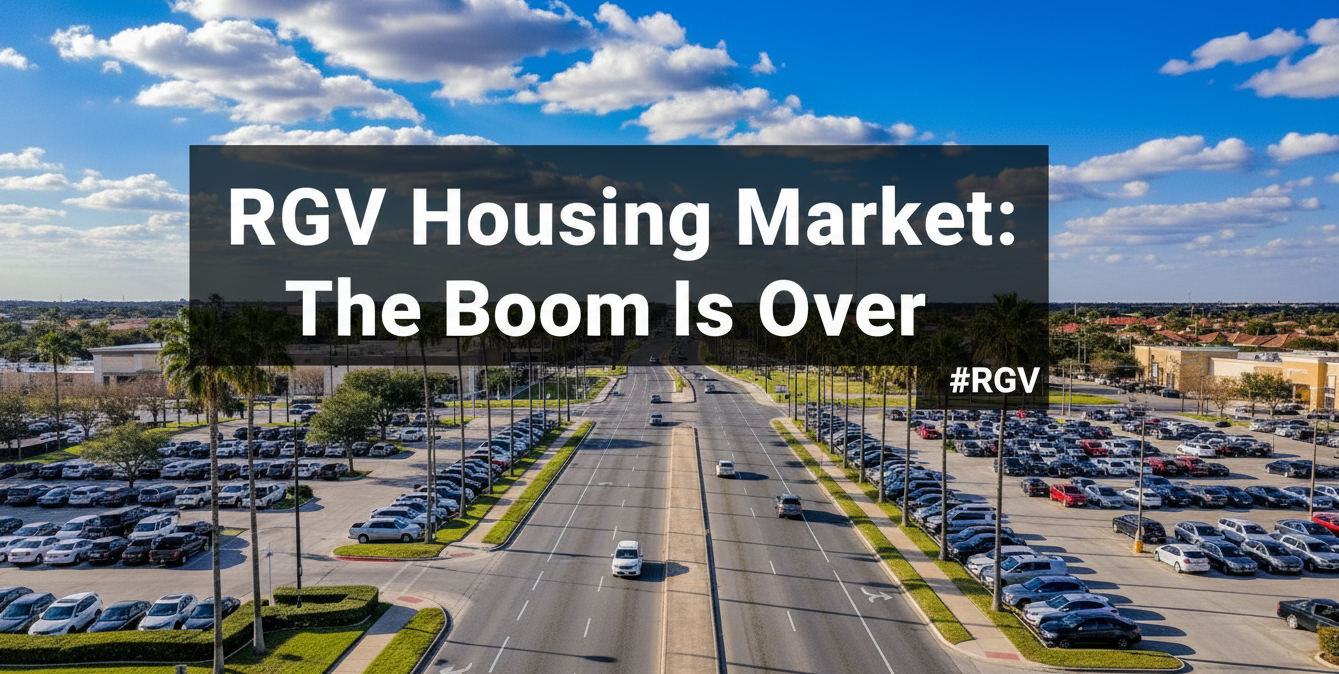The oil and gas industry has been hit quickly and hard by the recent tariff brouhaha, with prices dropping significantly compared to recent levels (at least as of the time that I am writing). I’ve been asked several times whether the situation is likely to lead to a sustained “bust” in the industry. There is obviously much uncertainty, but here are a few initial thoughts.
The tariffs, if sustained, will likely cause substantially slower global economic growth, reducing demand for oil and gas and derivative products and, hence, contributing to lower prices. The OPEC+ nations have also announced production increases. Simultaneously, tariffs are escalating the costs of drilling and operations. Steel is an important input to the industry which is significantly impacted, as is transportation and other equipment which is typically imported in whole or in part.
With prices and uncertainty at levels where firms begin to consider whether to pursue planned drilling programs and other investments, we could certainly see slowing in the industry. However, barring a major and sustained downturn in global activity, I don’t think it will become a traditional “bust.” (I also don’t think the current tariff frenzy will be sustained; a story for another day.)
In prior cycles, the “boom” has been much more pronounced than what we’ve been seeing of late. For example, more than 1,000 rigs were running in Texas at points in the past, compared to closer to 300 recently. Activity has been solid (with production near record levels), but nowhere near previous boom periods.
Supply and demand have generally been in sync during the past few years (other than disruptions such as COVID-19). Advances in technology over two decades have led to massive increases in reserves, thus eliminating the shortages that were problematic in the past.
As with many commodity markets, oil and gas prices are subject to fluctuations and are impacted by unpredictable global phenomena. Regional factors can also be in play, such as the lack of pipeline capacity in the Permian Basin (currently improving somewhat) which resulted in depressed prices for natural gas in the region. Nonetheless, the long-term outlook calls for expanding demand under virtually any price and growth scenario (including a much weaker world economy), and prices will be at levels sufficient to facilitate the needed production.
Unless tariffs become permanent at levels which disrupt essential supply linkages for an extended period, we are unlikely to experience a major setback for the industry. Temporary gyrations such as those experienced in recent years could certainly occur. However, the fundamentals of the market (overall availability, technology, and concentration) are distinct from the past and relatively stable compared to prior periods preceding major and lengthy downturns. Stay safe!
Editor’s Note: The above guest column was penned by Dr. M. Ray Perryman, president and chief executive officer of The Perryman Group (www.perrymangroup.com). The Perryman Group has served the needs of over 3,000 clients over the past four decades. The above column appears in The Rio Grande Guardian International News Service with the permission of the author. Perryman can be reached by email via: shelia@perrymangroup.com.
The post Perryman: Tariffs and Oil appeared first on Rio Grande Guardian.
 (2).png)






 English (US)
English (US)